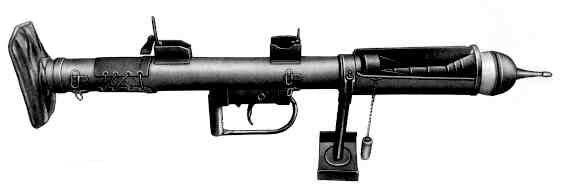PIAT – Projector Infantry Anti Tank
History, technical sheet and photo

PIAT history
At the beginning of the Second World War, the British soldiers had only the “Boys” Mk I anti-tank gun to fight the armored vehicles, offering only a low rate of fire and piercing only the shields below 10 mm thick.
British military engineers, including Jeffries and Wallis, decided to develop a new weapon to strengthen the tactical capabilities of the British infantry. The engineers combine the mortar technology for the rocket launcher structure and the anti-tank rifle device “Boys” Mk I: the result is called PIAT (initials of Projector Infantry Anti-Tank).
Some problems, however, are noted by the infantry, which nonetheless uses PIAT throughout the Second World War. Thus, the firing trigger can only be operated using four fingers of the hand and the ammunition used must be very carefully handled, otherwise it will explode rather quickly.
PIAT specification
Creator/User: Britain
Denomination: PIAT
Fire mode: coup par coup
Caliber: 89 mm
Effective firing range: 100 m
Maximum firing range: 300 m
Rate of fire: 2 rockets/min
Weight: 14,5 kg
Length: 961 mm
